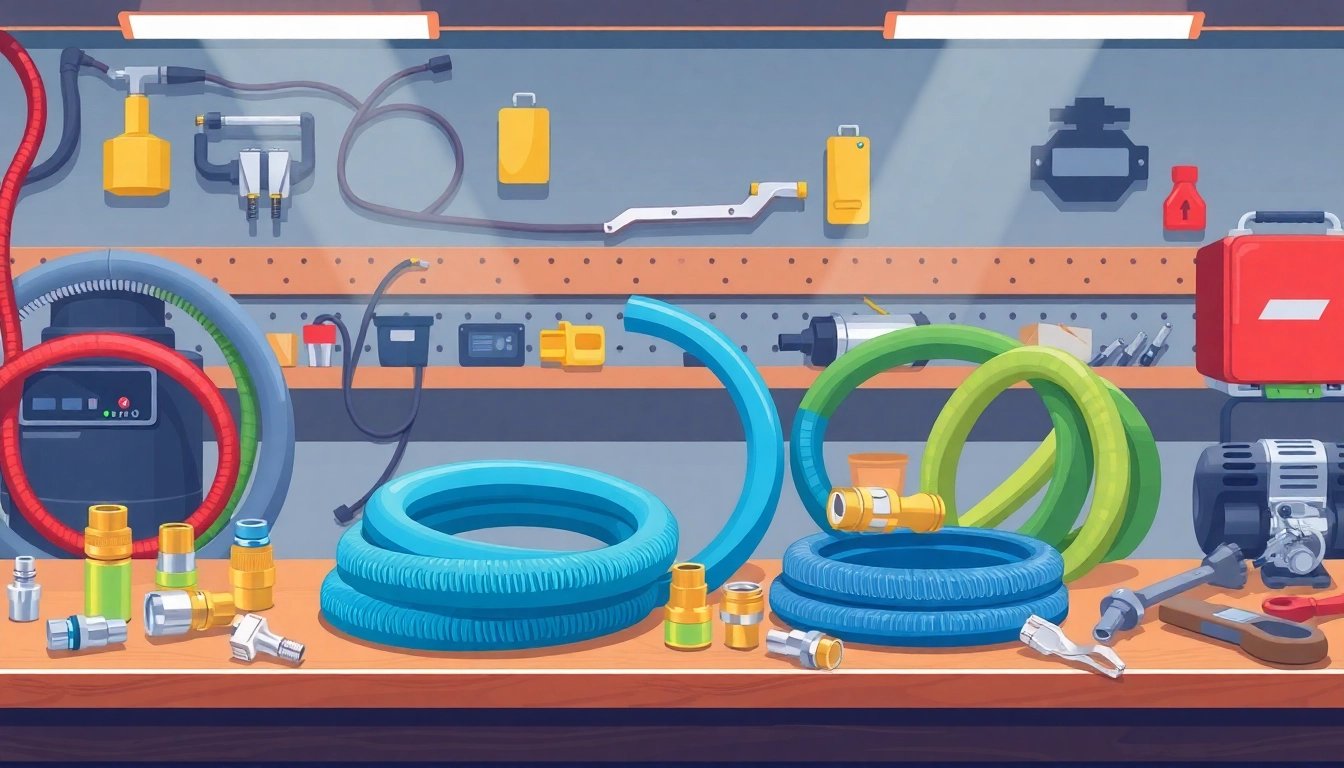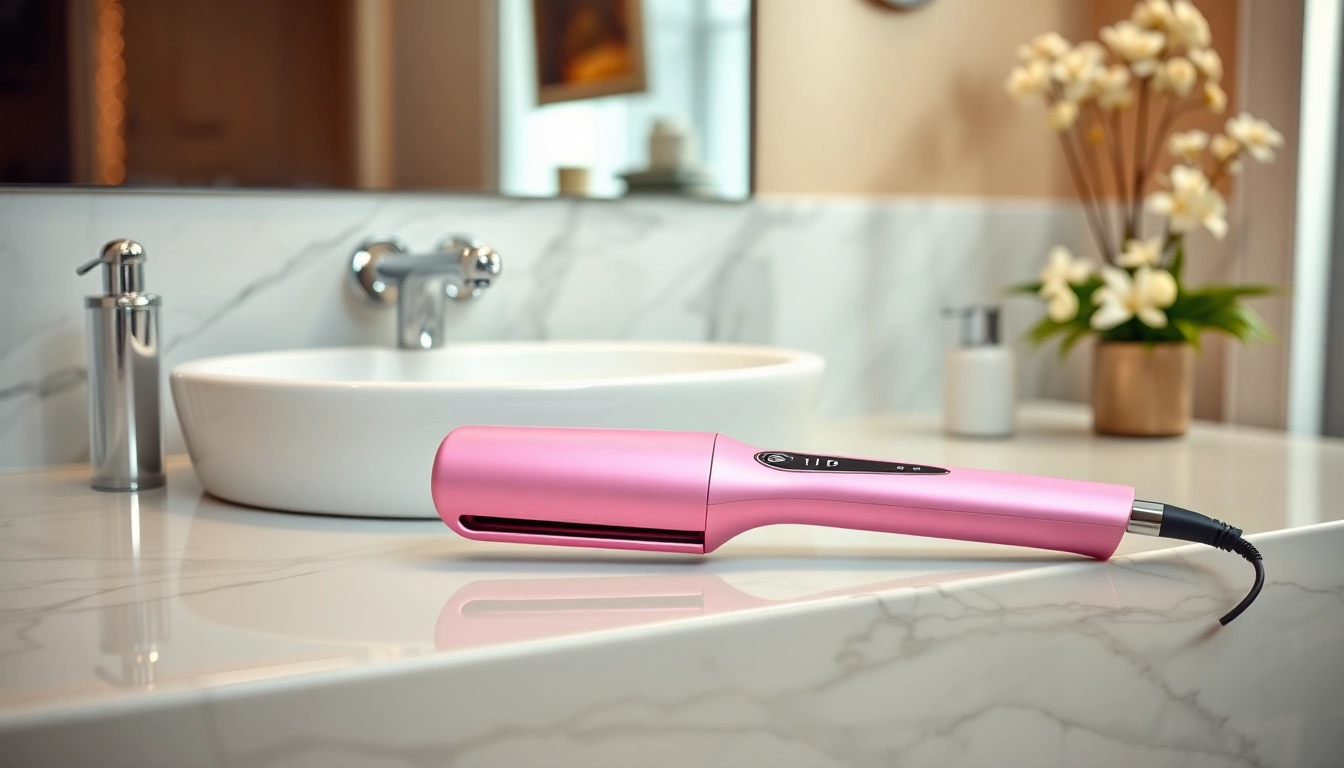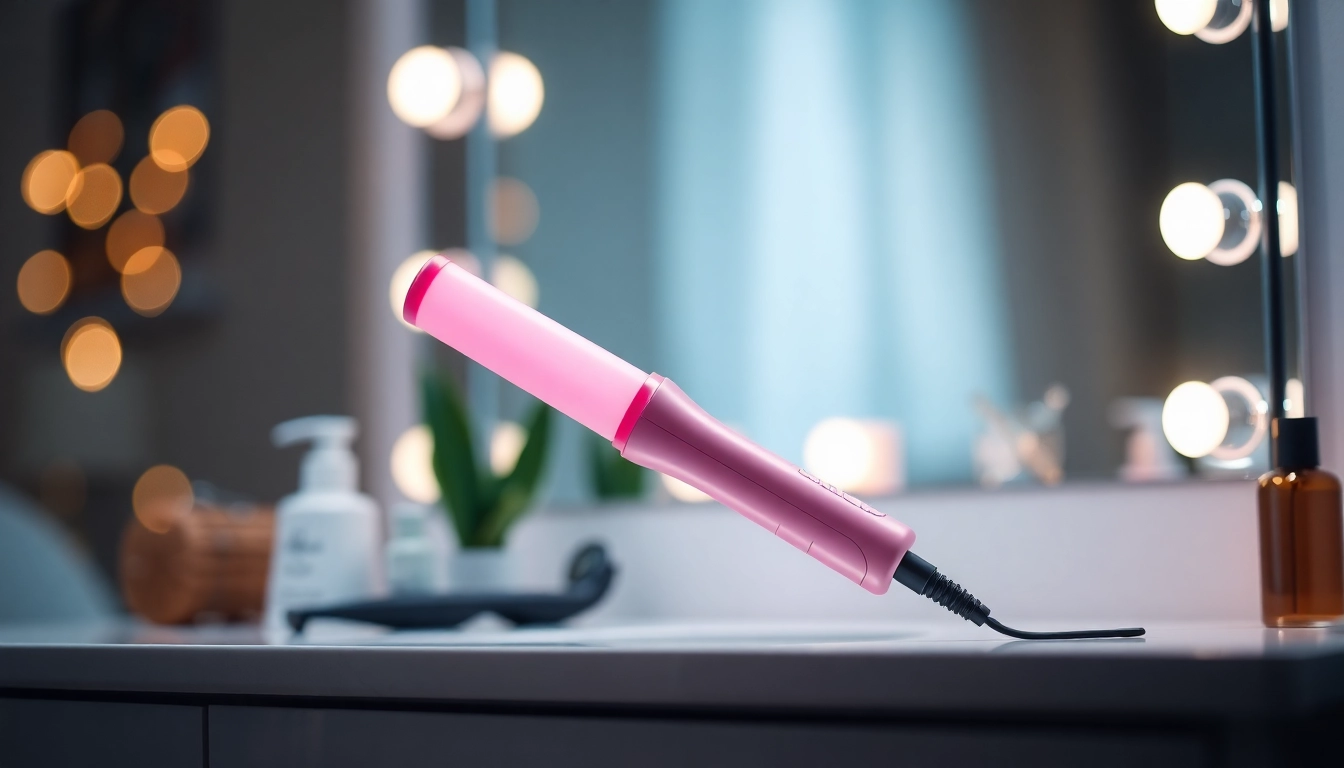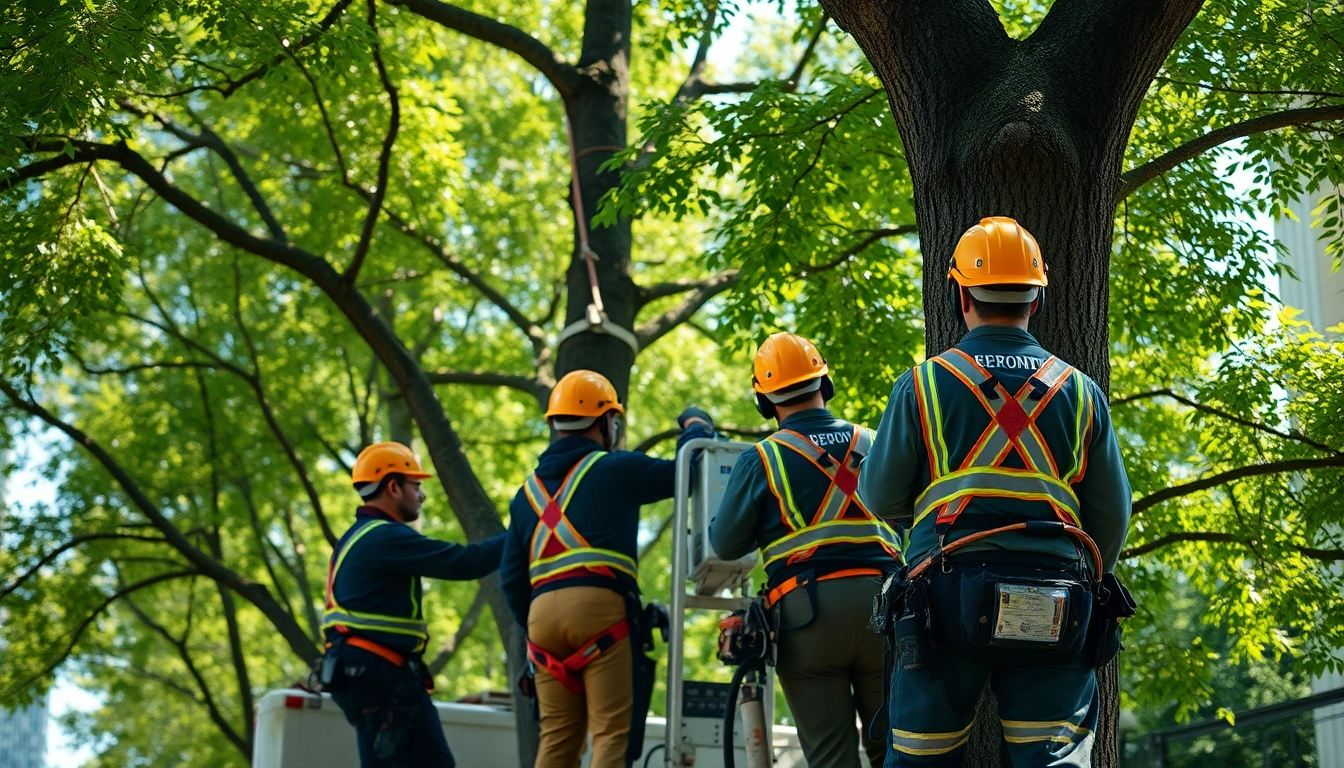
Introduction to Air Hoses and Fittings
Air hoses and fittings are essential components of pneumatic systems that power various tools and machinery. Whether you are a DIY enthusiast or a professional tradesman, understanding the intricacies of air hoses and fittings can significantly enhance your workflow and efficiency. These components serve as the conduits through which compressed air travels, making it vital to select the right type to ensure optimal performance. In this article, we will explore the different types of air hoses and fittings, their applications, maintenance tips, and where to purchase them, ensuring you make informed choices when dealing with air hoses and fittings.
What Are Air Hoses and Fittings?
Air hoses are flexible tubes designed to transport compressed air from a source—typically an air compressor—to various pneumatic tools, like nail guns, impact wrenches, and spray guns. Fittings, on the other hand, are hardware components that connect hoses to tools, compressors, or other hoses, ensuring a secure airflow pathway. The marriage of these two elements creates an efficient air delivery system crucial for numerous applications in both industrial and residential settings.
Importance of Quality in Air Tools
The efficiency and safety of air tools depend significantly on the quality of the hoses and fittings used. Subpar components can lead to leaks, reduced performance, and even safety hazards such as accidents stemming from uncontrolled air pressure. Investing in quality air hoses and fittings not only boosts the performance of your tools but also extends their lifespan, reduces downtime, and minimizes costly repairs.
Common Applications for Air Hoses
Air hoses and fittings are ubiquitous in numerous fields, including automotive repair, construction, and manufacturing. Here are some common applications:
- Pneumatic Tools: Tools like air wrenches, spray guns, and sanders rely on compressed air delivered through hoses.
- Manufacturing: Assembly lines often utilize air hoses to power tools efficiently and safely.
- HVAC Systems: Air hoses are essential for pneumatic systems in heating, ventilation, and air conditioning.
- Painting and Coating: Spray guns utilize air hoses to deliver paint, ensuring a fine mist for even application.
Types of Air Hoses
Polyurethane vs. Rubber Air Hoses
When it comes to air hoses, two of the most common materials are polyurethane and rubber. Each has its advantages and drawbacks, making them suitable for different applications:
Polyurethane Hoses: Lightweight and flexible, polyurethane hoses are easy to maneuver, making them ideal for tasks requiring prolonged use. They are resistant to abrasion and kinking, ensuring longer service life in various conditions.
Rubber Hoses: Known for their durability, rubber hoses excel in extreme temperatures and outdoor use. They tend to withstand wear and tear better than their polyurethane counterparts but can be heavier and less flexible, especially in colder conditions.
Choosing the Right Size and Length
When selecting air hoses, it’s pertinent to consider both the diameter and length. The diameter should match the fitting sizes of your tools and compressor. Common diameters include 1/4 inch, 3/8 inch, and 1/2 inch. As for length, it should be ample enough to reach all areas of your workspace without being excessively long, which can lead to pressure drops over extended runs.
Specialty Hoses for Different Environments
Specialty hoses are designed for specific environments or applications, such as:
- Oil-Resistant Hoses: These are essential for environments where oil or grease is present, as they prevent degradation from exposure.
- Heat-Resistant Hoses: Ideal for high-temperature settings, these hoses can withstand temperatures that would cause standard hoses to fail.
- Cold-Weather Hoses: Designed to remain flexible even in freezing temperatures, these hoses prevent kinking in cold environments.
Types of Fittings and Connectors
Understanding NPT and Barbed Fittings
Fittings play an integral role in the integrity of your pneumatic system. Two common types of fittings are National Pipe Thread (NPT) and barbed fittings:
NPT Fittings: NPT fittings create a tight seal using tapered threads, preventing air leaks. They are widely used in various applications because of their reliability.
Barbed Fittings: These fittings have a series of ridges along one end that grip the hose when pushed over them, creating a friction fit. They are easy to install and are often used in high-pressure applications.
Quick Connectors vs. Permanent Fittings
Quick connectors offer the advantage of easily attaching and detaching hoses, making them preferable for applications where tools need to be swapped frequently. Permanent fittings, conversely, are designed for a secure, long-lasting connection that is more suitable for stationary setups where changes aren’t as common.
Industrial Standards and Compatibility
Ensuring compatibility between hoses and fittings is crucial for efficient operation. Most fittings and hoses are made to meet industry standards (like ISO or ASME), which helps ensure that various components can work together without leaks or other issues. Always check for industry certifications when purchasing components.
Best Practices for Maintenance
Tips for Extending Hose Lifespan
Taking care of your air hoses can significantly extend their lifespan. Here are some tips:
- Store hoses properly by coiling them neatly to prevent kinks.
- Keep hoses away from sharp objects that could cause cuts.
- Regularly inspect hoses for signs of wear, such as abrasion or cracks.
- Use hose reels to avoid tangling and unnecessary stress on the connections.
Inspecting Fittings for Optimal Performance
Fittings should be inspected periodically to ensure they are functioning correctly. Look for signs of wear, corrosion, or damage, and replace any fittings as needed. A simple leak test with soap water can help identify leaks around the fittings, allowing for timely replacements.
Seasonal Care for Air Tools
Seasonal changes can affect air hoses and fittings. For instance, in winter, rubber hoses may harden and crack if left in cold conditions. Consider storing hoses indoors during cold months and performing regular checks to avoid unexpected downtime during your busy work seasons.
Where to Buy Quality Air Hoses and Fittings
Comparing Online Retailers
When looking to buy air hoses and fittings, comparing different online retailers can yield better prices and quality. Look for retailers that specialize in industrial supplies or have dedicated sections for pneumatic tools. Don’t forget to check customer reviews to gauge the reliability of the products.
Local vs. Online Shopping Advantages
Shopping locally allows for immediate product acquisition and personal interaction with knowledgeable staff. However, online shopping often provides a broader selection and potentially lower prices, especially when factoring in shipping costs. Finding a balance between both can help achieve the best outcome for your needs.
Identifying Trusted Brands and Manufacturers
When purchasing air hoses and fittings, opting for reputable brands can make a substantial difference in quality and reliability. Look for manufacturers that are known for their quality control and customer satisfaction guarantees. Brands such as Flexzilla, Milton, and JACO are examples of trusted companies in the industry.







